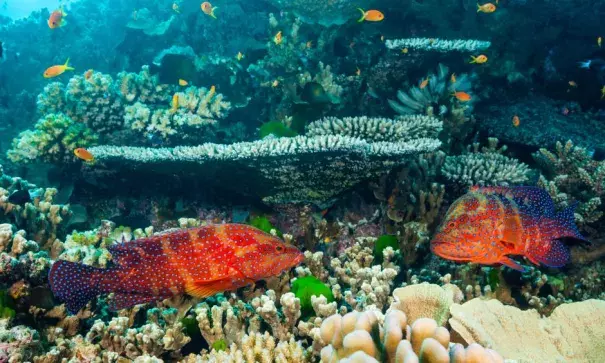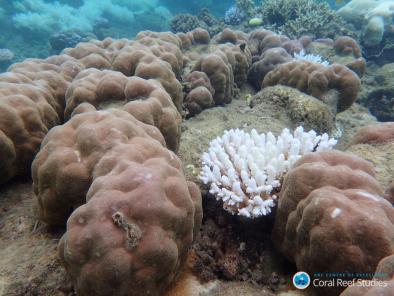Great Barrier Reef: scientists identify potential life support system

A group of “source” reefs have been identified that could form the basis of a life support system for the Great Barrier Reef, helping repair damage by bleaching, starfish and other disturbances.
Researchers from the University of Queensland, CSIRO, Australian Institute of Marine Science and the University of Sheffield searched the Great Barrier Reef for ideal areas that could potentially produce larvae and support the recovery of other damaged reefs.
The Great Barrier Reef is the world’s largest living structure and is made up of more than 3800 individual reefs, stretching 2300km down Australia’s eastern coastline.
The study found 112 “robust source reefs” – just 3% of the entire system – which had “ideal properties to facilitate recovery” of others by spreading fertilised eggs to replenish other areas.
“Finding these 100 reefs is a little like revealing the cardiovascular system of the Great Barrier Reef,” said Prof Peter Mumby, from the University of Queensland’s school of biological sciences and ARC Centre of Excellence in Coral Reef Studies.
Researchers had strict criteria – the reefs must be consistently well connected to other reefs through the constantly shifting currents, be less likely to die in a coral bleaching event and be less susceptible to crown-of-thorn starfish outbreaks.
These reefs were more likely to still be standing in the event of bleaching incidents, for example, and were in the right location to send fertilised eggs to the reefs that need them during the annual reproduction, Mumby said.
...
There have been four significant bleaching events on the Australian reef, including one this year. The longest and worst for the Great Barrier Reef was in 2016, when bleaching caused by climate change killed almost 25% of the reef.
Related Content



